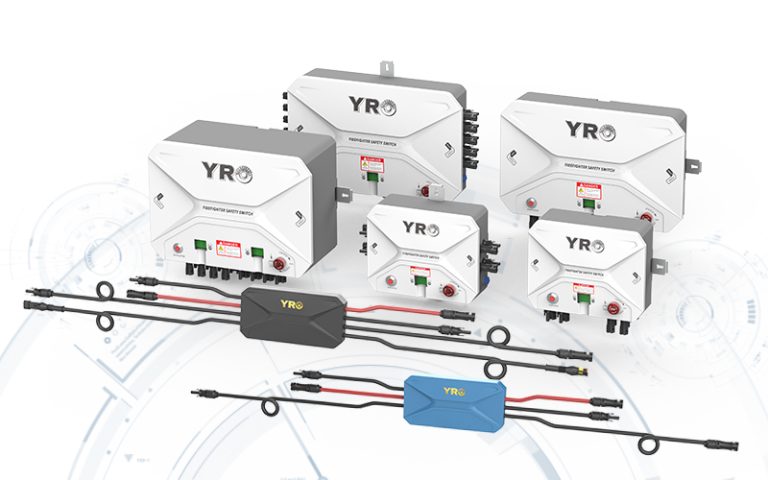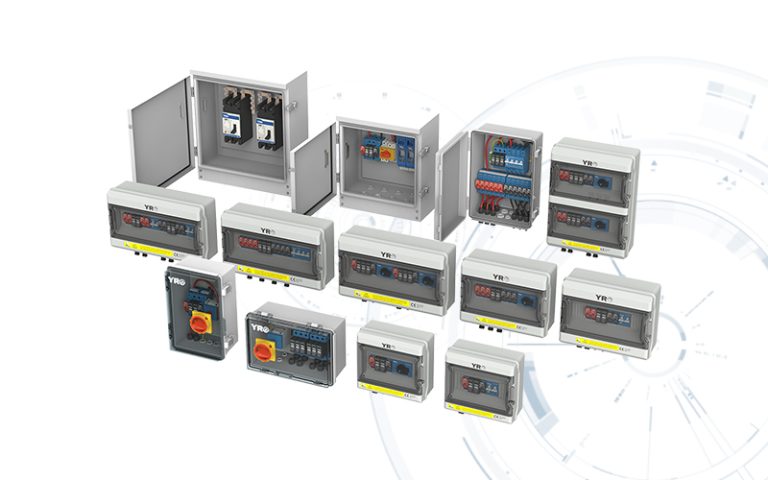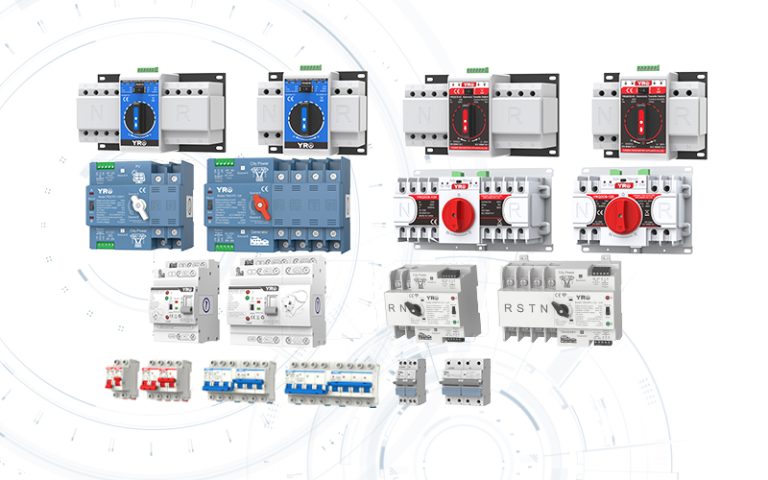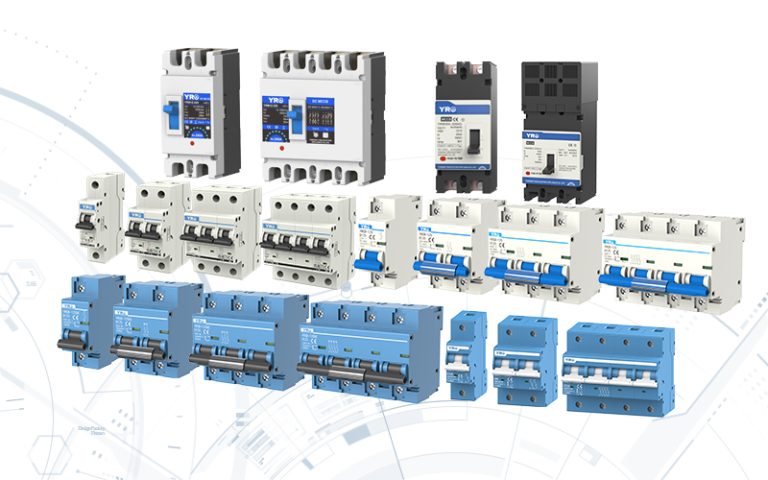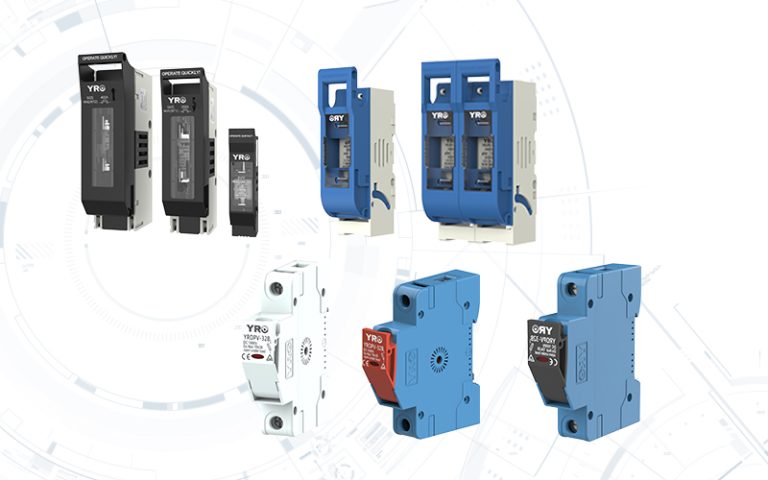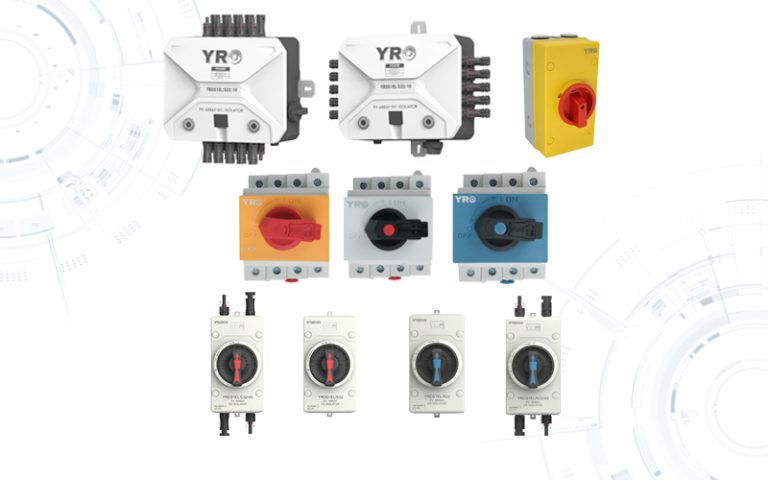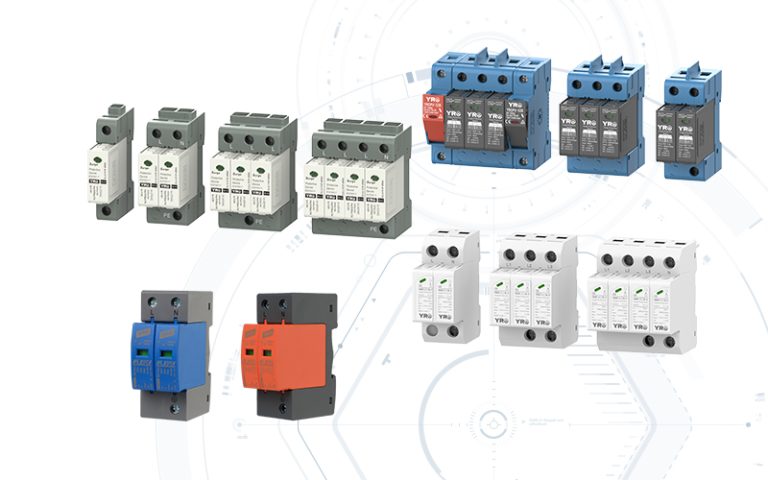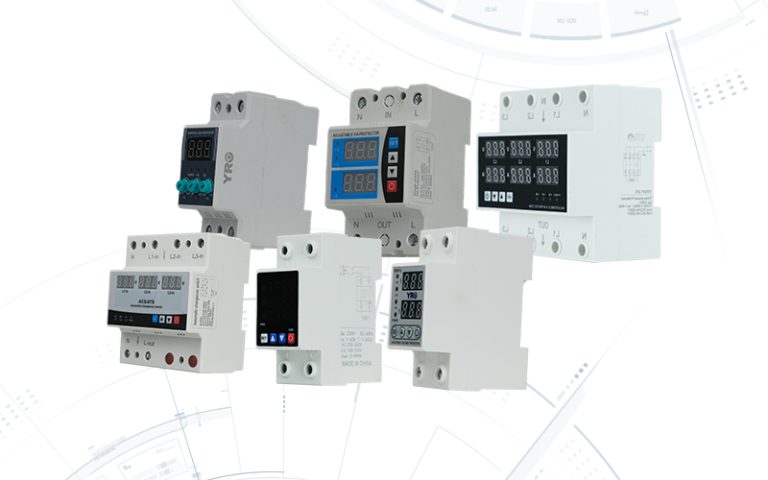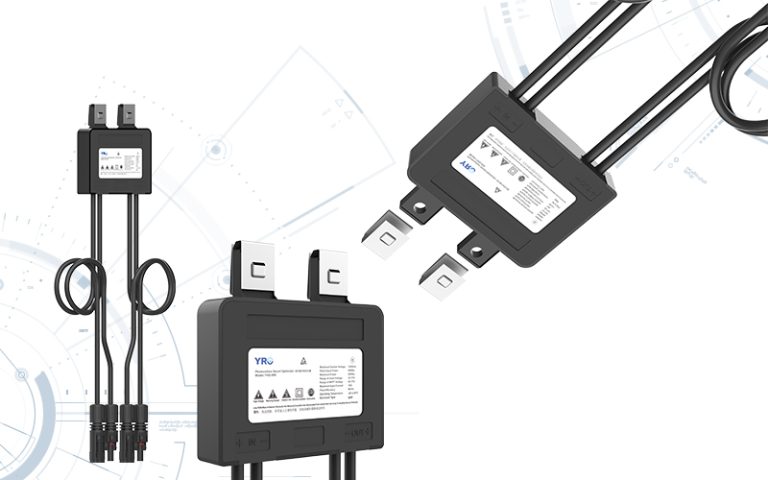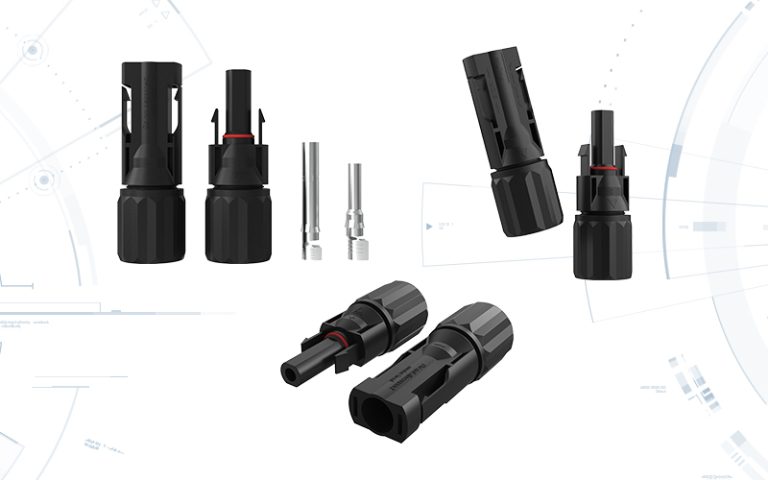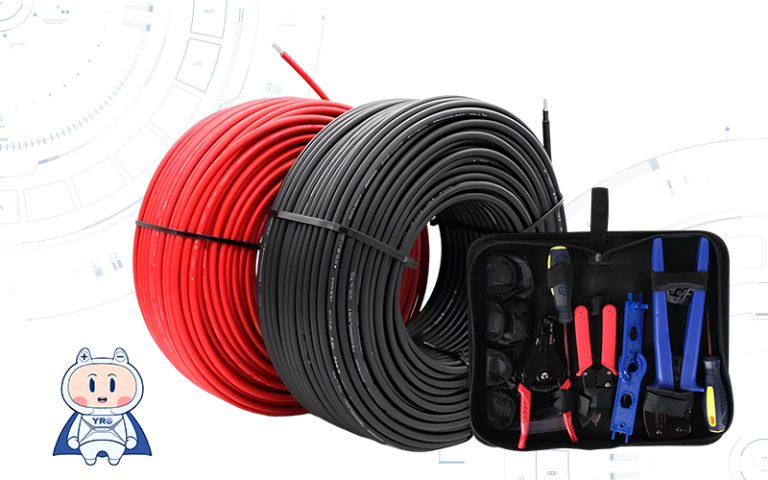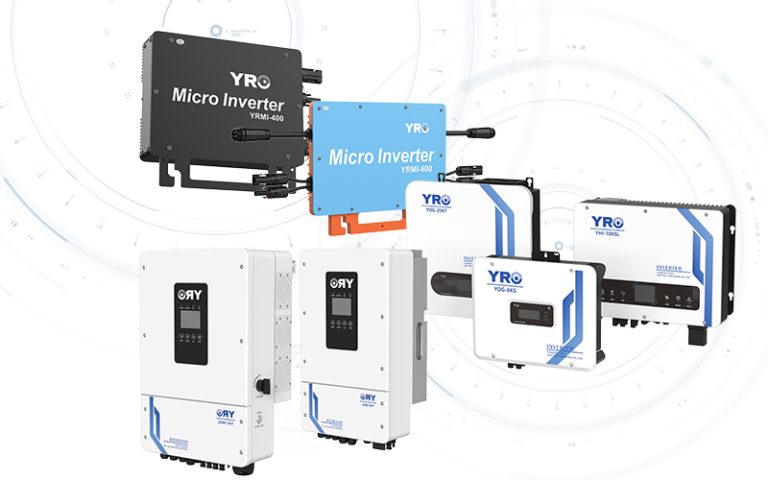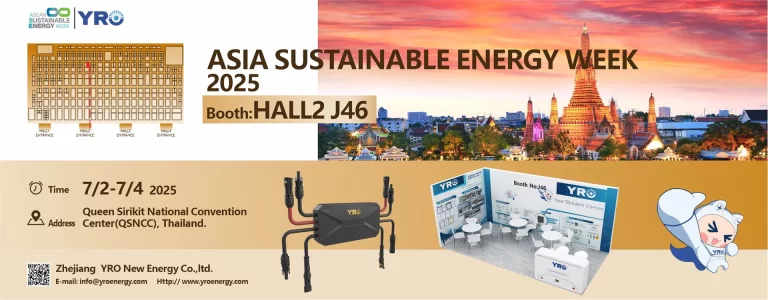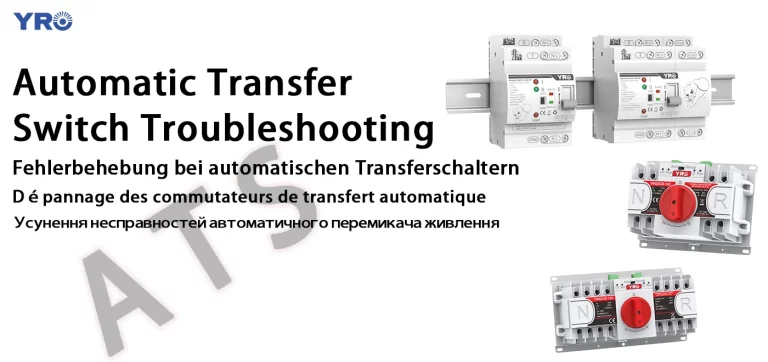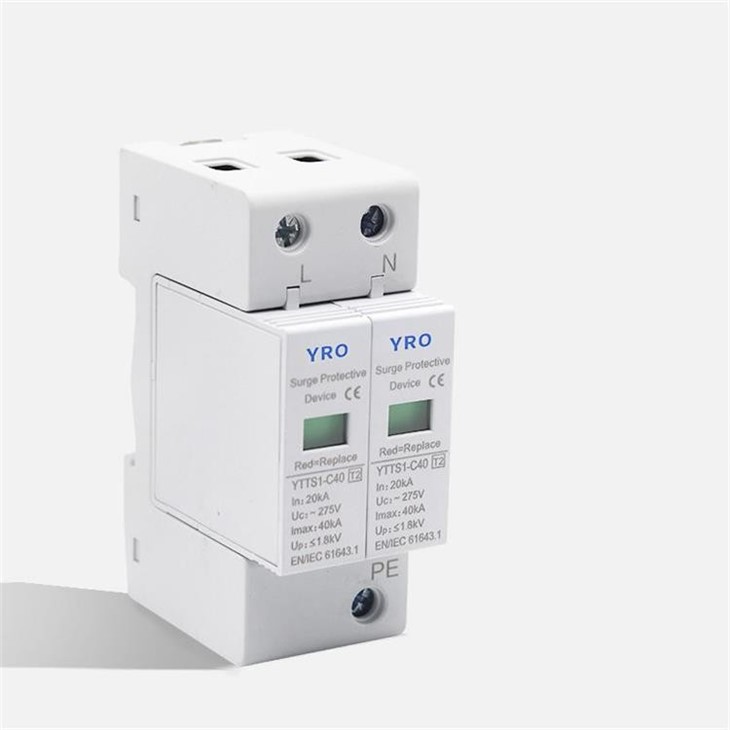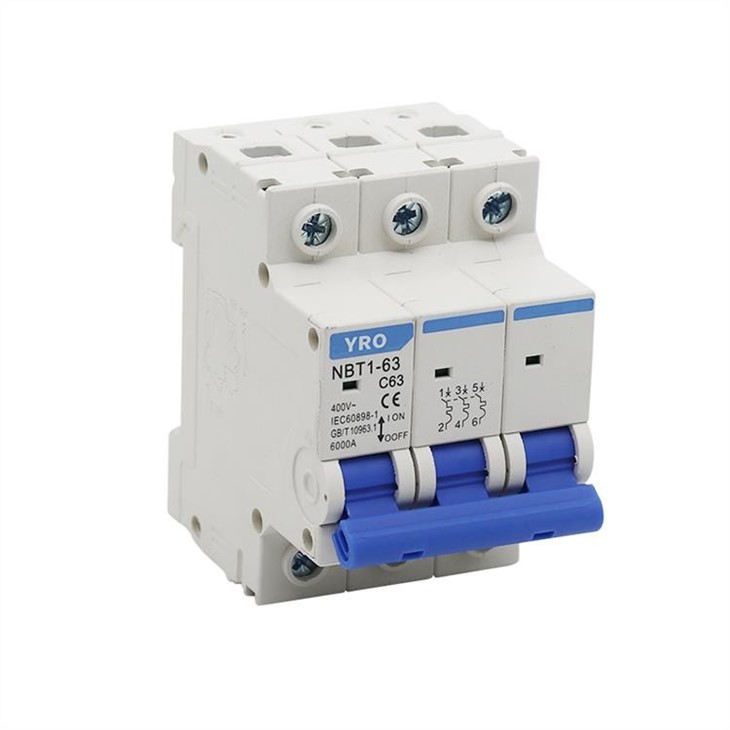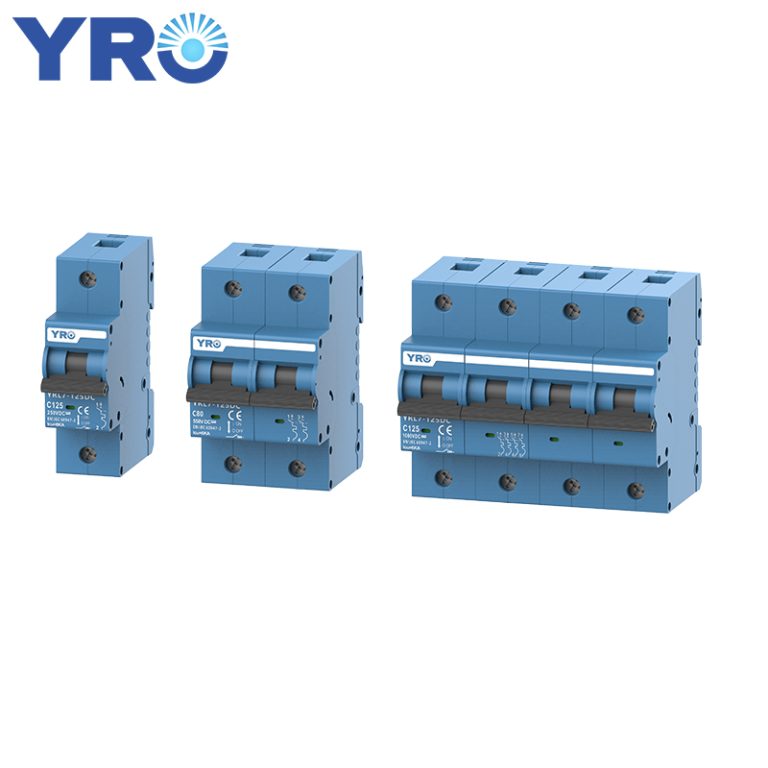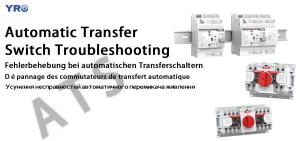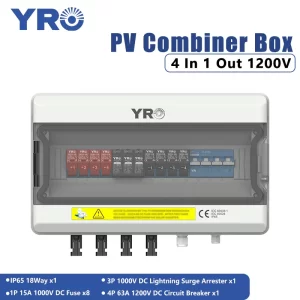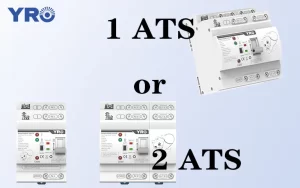In the heart of the bustling city’s commercial district, a spectacular light show is dramatically unfolding beneath the night sky. The vibrant neon lights illuminate the darkness, creating a dazzling display. Shoppers crowd the malls, elevators zip up and down, and air conditioners provide a refreshing coolness. Suddenly, a spark flashes, and in an instant, flames race along electrical wiring, engulfing the entire building in a sea of fire. Turning our attention to a city struck by a powerful earthquake, after the ground stops shaking, all that remains are ruins and debris. A widespread power outage plunges every corner into darkness, complicating rescue efforts and leaving the injured lying in darkened hospitals, their lives hanging in the balance… And all of these catastrophic scenarios could very likely be due to a single small electrical component—the circuit breaker.
Why Is Fire Prevention a Key Factor in Circuit Breaker Selection?
Fire, undoubtedly, is the most lethal “nemesis” of electrical systems. When electrical faults trigger short circuits, overloads, and other issues, if the circuit breaker fails to respond effectively, it is highly likely to become the “fuse” that ignites a fire. NFPA research indicates that from 2015 to 2019 in the United States, fire departments estimated they responded to an average of 46,700 home fires involving electrical failures or malfunctions each year, with electrical fires caused by wiring issues accounting for a staggering 46.8%.
Furthermore, this electrical fire hazard exists to varying degrees in different locations. Take shopping malls for example; the internal electrical wiring within a mall is as intricate as a labyrinth. The simultaneous operation of a large number of electrical devices such as lighting fixtures, elevators, and air conditioning units consumes a tremendous amount of electricity. Should any line become overburdened and experience an overload, the current would surge instantaneously.
At this moment, if the circuit breaker lacks adequate fire resistant properties, the electrical sparks produced when it cuts off the circuit could very likely ignite nearby flammable decorative materials, such as plastic ceilings or synthetic fiber carpets. In an in depth investigation of a commercial building fire, it was discovered that an old fashioned circuit breaker near the point of ignition emitted high temperature electrical sparks the moment it tripped, directly igniting a polyurethane foam decorative panel just 0.5 meters away. The fire then spread rapidly like a runaway horse, causing immeasurable damage.
From a theoretical perspective, circuit breakers with fire resistant functions typically use specially formulated flame retardant materials for their casings, such as special engineering plastics, or metal alloys infused with highly effective flame retardants. These materials can shine in high temperature environments, effectively curbing the spread of flames and nipping the risk of fire caused by electrical faults in the bud. When circuit faults generate a significant amount of heat, the fire resistant casing is not easily ignited, thereby gaining invaluable time for personnel evacuation and fire suppression efforts.
What Are the Differences in Circuit Breaker Performance Requirements Across Various Floors?
Due to differences in building structure and electrical demand, different floors have distinct performance requirements for circuit breakers.
– Lower Floors
Lower level buildings are often plagued by moisture and dust, especially those bottom spaces close to basements, parking lots or low lying areas, where the situation is more severe. In this area, circuit breakers urgently need to have stronger protection capabilities to effectively resist the dual invasions of humidity and dust. In humid regions, the humidity in the bottom floor buildings remains high for a long time, and the contacts of ordinary circuit breakers are very prone to oxidation and corrosion. This will directly lead to a significant reduction in conductivity, which in turn has a negative impact on the reliability of opening and closing operations. In addition, lower floors usually bear larger loads because there are more electrical devices. Therefore, higher requirements are imposed on the carrying capacity and short circuit breaking capacity of circuit breakers.
Circuit breakers on lower floors should be selected with products having larger rated currents, and strong short circuit breaking capacities, to ensure that the power can be quickly cut off in case of overloads or short circuits, thus protecting the circuits and devices.
– Higher Floors
High rise buildings, due to their greater heights, have longer and more complex wiring systems, which pose stricter requirements for circuit breakers. During power transmission, the voltage drop of the lines is greater. For example, in a 30 floor high rise residential building, the length of the wires from the bottom floor power distribution room, to the top floor apartments may range from several tens of meters to hundreds of meters. According to Ohm’s law (U = IR), when the line length increases, the resistance will also increase, resulting in an increased voltage drop. This requires that the rated voltage of the circuit breaker should be high enough and have good voltage stability. In addition, high rise buildings have higher population density and equipment density. Once an electrical fault causes safety accidents such as fires, the scope of harm will be greater. Therefore, the short circuit breaking capacity and overload protection capacity of circuit breakers must be very powerful. In some super high rise buildings, it is required that the short circuit breaking capacity of circuit breakers reaches tens of thousands of amperes, to ensure that the circuit can be quickly cut off in extreme cases.
How Do Performance Requirements for Circuit Breakers Vary Across Different Functional Areas?
1. Industrial Production Areas
Within industrial factories, large machinery and equipment frequently start and stop, and each startup brings a momentary surge of immense current. Taking a steel manufacturing workshop as an example, when a large rolling mill starts up, the current peak can reach as high as 5-7 times the rated current. Facing such astonishing current surges, circuit breakers must possess extremely high short circuit breaking capacity; otherwise, they simply cannot withstand the load. Obviously, conventional household circuit breakers would be instantly overwhelmed in such high intensity operating conditions.
Industrial circuit breakers often have a short circuit breaking capacity of 50 kA or even higher. The contact materials used are high quality alloy materials that are resistant to high temperatures and wear, ensuring that they can maintain good contact performance even after multiple high current breaking operations. Moreover, to meet the stringent demands of 24/7 continuous operation in industrial environments, the heat dissipation performance of industrial circuit breakers has undergone a qualitative leap compared to ordinary circuit breakers. This is achieved through various means such as increasing the area of heat dissipation plates and optimizing air duct design, strictly preventing failures due to overheating from long term operation.
2. Residential Areas
The load in residential areas is relatively single, mainly consisting of lighting, household appliances, etc. Although the power of individual electrical appliances may be high (such as air conditioners, electric water heaters, etc.), the overall load density is relatively low. Circuit breakers in residential areas place a greater emphasis on safety; for example, the leakage protection function must be very sensitive to ensure the personal safety of residents. Furthermore, since the electrical systems in residential areas are updated relatively slowly, the service life and compatibility of circuit breakers are also factors that need to be considered.
3. Commercial Areas
In shopping malls, the load profile presents a complex and diverse panorama. The mall houses a large number of high power electrical appliances. For example, a 50,000 square meter shopping mall, calculated at 200W of cooling capacity per square meter, would require at least 80 5P indoor air conditioning units. Just the moment the air conditioners are turned on, the current can reach 2640A, equivalent to 790 1P household air conditioners starting up simultaneously. This necessitates considering the impact of large startup currents when selecting circuit breakers, and choosing an appropriate instantaneous trip setting current.
Additionally, commercial areas have long operating hours and require extremely high continuity of power supply. If circuit breakers frequently trip, it would affect commercial activities and the customer experience. Therefore, the stability and reliability of circuit breakers are of utmost importance, and they must also possess good anti interference capabilities, to adapt to the complex electromagnetic environments found in commercial settings.

